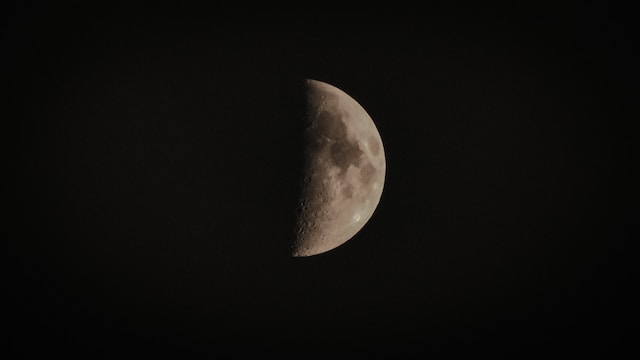Introduction:
In 2017, the scientific community was abuzz with excitement when astronomers detected an object unlike anything seen before—an interstellar visitor named ‘Oumuamua. While subsequent investigations have ruled out extraterrestrial origins, ‘Oumuamua remains a captivating enigma that continues to puzzle researchers and stoke the fires of curiosity.
I. A Cosmic Intruder:
‘Oumuamua, the first confirmed interstellar object to pass through our solar system, captivated scientists and the public alike. Its peculiar shape and origin sparked speculations of an extraterrestrial spacecraft or probe.
II. Unraveling the Mysteries:
Scientists embarked on a mission to unlock the secrets of ‘Oumuamua, employing cutting-edge research techniques and applying the principles of the scientific method to understand its true nature.
III. A Visitor from Afar:
By analyzing ‘Oumuamua’s trajectory and speed, scientists determined that it originated from outside our solar system, likely traveling through the vast interstellar expanse for millions of years.
IV. A Curious Shape:
One of the most intriguing aspects of ‘Oumuamua was its elongated and cigar-like shape. The object’s unusual morphology defied conventional expectations and prompted researchers to delve deeper into its composition.
V. The Search for Alien Signals:
To investigate the possibility of extraterrestrial origins, scientists meticulously scanned ‘Oumuamua for any signs of artificial communication or technological signatures. Despite rigorous efforts, no such signals were detected.
VI. Natural Explanations:
a) Comet or Asteroid?
While ‘Oumuamua’s appearance initially puzzled scientists, further analysis revealed that it likely originated as a rocky and elongated asteroid or fragment from another star system, rather than a typical comet.
b) Outgassing and Acceleration:
Scientists proposed that ‘Oumuamua’s unexpected acceleration could be explained by outgassing—a process in which volatile substances on its surface vaporized, imparting a subtle push that altered its trajectory.
VII. The Mystery Persists:
Although ‘Oumuamua’s interstellar origins have been established, many questions remain unanswered, deepening the mystery surrounding this celestial interloper.
a) Interstellar Diversity:
The presence of ‘Oumuamua within our solar system underscores the vast array of objects that roam the interstellar void, offering a glimpse into the diversity of celestial bodies that exist beyond our cosmic neighborhood.
b) Interdisciplinary Collaboration:
The study of ‘Oumuamua has brought together experts from various fields, including astronomy, physics, and planetary science, fostering collaborative efforts and pushing the boundaries of our collective knowledge.
VIII. A Catalyst for Discovery:
The discovery of ‘Oumuamua has ignited a renewed interest in studying interstellar objects, inspiring new research initiatives and technological advancements aimed at detecting and characterizing future visitors from distant star systems.
IX. The Ongoing Quest for Understanding:
While ‘Oumuamua may not have been an alien spacecraft, its existence serves as a reminder of the vastness and complexity of the cosmos. It propels scientists and space enthusiasts to delve deeper into the mysteries that surround us and reinforces the need for continued exploration and scientific inquiry.
Conclusion:
The story of ‘Oumuamua is a testament to the spirit of scientific curiosity and exploration. While it may not be an extraterrestrial visitor, ‘Oumuamua has left an indelible mark on the scientific community, inspiring us to push the boundaries of knowledge and unravel the mysteries of our vast universe. As we continue to investigate cosmic enigmas, the tale of ‘Oumuamua reminds us that the cosmos holds countless wonders waiting to be discovered.




